In recent years, the demand for sustainable and vegan-friendly alternatives to traditional leather has been on the rise. As a result, synthetic leather shoes have become increasingly popular among conscious consumers who seek environmentally-friendly and cruelty-free options. In this article, we will delve into the world of synthetic leather shoes, exploring their production process, advantages, and impact on both the fashion industry and the environment. What is Synthetic Leather? Synthetic leather, also known as faux leather or vegan leather, is a man-made material designed to mimic the qualities of genuine leather without the use of animal products. It is typically composed of a fabric or foam base, which is coated or laminated with a polymer, such as polyurethane (PU) or polyvinyl chloride (PVC). These materials are chosen for their ability to replicate the look and feel of real leather, creating a convincing alternative. Advantages of Synthetic Leather Shoes: 1. Cruelty-Free: One of the primary advantages of synthetic leather shoes is that they are produced without the need for animal hides, making them a compassionate choice for individuals who value animal welfare.
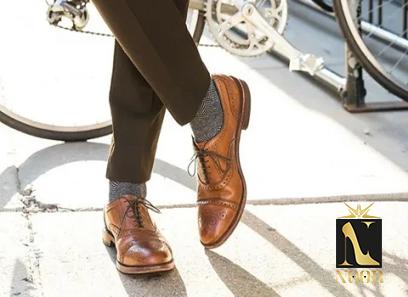
.
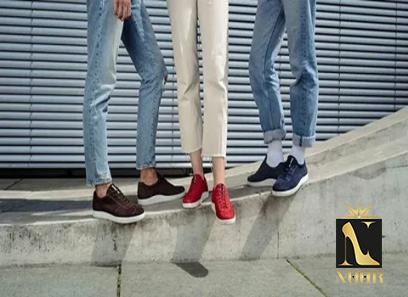 By opting for synthetic leather, consumers can still enjoy stylish and durable footwear without contributing to animal exploitation. 2. Affordability: Synthetic leather shoes are often more affordable than genuine leather shoes, making them a budget-friendly option for many consumers. The production process of synthetic leather is less labor-intensive, allowing manufacturers to offer these products at a lower price point without compromising on quality. 3. Durability: Contrary to popular belief, synthetic leather shoes can be just as durable as their genuine leather counterparts, if not more so. The synthetic materials used in their production are often highly resistant to wear, tear, and environmental damage. Additionally, synthetic leather shoes are often more water-resistant than traditional leather, making them suitable for various weather conditions. 4. Versatility: Synthetic leather is incredibly versatile and can be easily manipulated to achieve a wide range of textures, finishes, and colors. This allows shoe designers to create innovative and unique styles that cater to different tastes and preferences. Whether you’re looking for a classic, polished look or a bold and trendy design, synthetic leather shoes are sure to offer a variety of options.
By opting for synthetic leather, consumers can still enjoy stylish and durable footwear without contributing to animal exploitation. 2. Affordability: Synthetic leather shoes are often more affordable than genuine leather shoes, making them a budget-friendly option for many consumers. The production process of synthetic leather is less labor-intensive, allowing manufacturers to offer these products at a lower price point without compromising on quality. 3. Durability: Contrary to popular belief, synthetic leather shoes can be just as durable as their genuine leather counterparts, if not more so. The synthetic materials used in their production are often highly resistant to wear, tear, and environmental damage. Additionally, synthetic leather shoes are often more water-resistant than traditional leather, making them suitable for various weather conditions. 4. Versatility: Synthetic leather is incredibly versatile and can be easily manipulated to achieve a wide range of textures, finishes, and colors. This allows shoe designers to create innovative and unique styles that cater to different tastes and preferences. Whether you’re looking for a classic, polished look or a bold and trendy design, synthetic leather shoes are sure to offer a variety of options.
..
 5. Sustainability: With an increasing focus on sustainability, synthetic leather shoes offer a more eco-friendly alternative. The production of synthetic leather requires fewer resources, such as water and land, compared to the rearing of animals for leather production. It also reduces the overall carbon footprint associated with the manufacturing and transportation processes. Furthermore, some companies have started incorporating recycled materials into their synthetic leather shoes, further reducing waste and environmental impact. The Production Process: The production of synthetic leather involves a series of steps to transform base materials into a high-quality alternative to genuine leather: 1. Base Material Selection: The choice of base material depends on the desired properties of the synthetic leather. Common options include polyester fabric, nylon, or polyurethane foam. These materials serve as a foundation for the subsequent coating process. 2. Coating Process: The base material is coated with a mixture of polymers, such as polyurethane or PVC, to create the leather-like texture and appearance. This coating is often applied through a spraying, laminating, or immersion technique, ensuring uniform coverage. 3. Embossing and Grain Creation: To mimic the natural grain of leather, manufacturers may employ embossing techniques to lend a more realistic texture and appearance. This process involves pressing a heated metal plate onto the surface of the synthetic leather, creating patterns and imitating the unique textures found in genuine leather. 4. Treatment and Finishing: After embossing, the synthetic leather undergoes additional treatments to enhance its durability, flexibility, and other desired characteristics. These treatments might involve the application of protective coatings or the addition of additives to improve resistance to UV radiation, scratches, or staining.
5. Sustainability: With an increasing focus on sustainability, synthetic leather shoes offer a more eco-friendly alternative. The production of synthetic leather requires fewer resources, such as water and land, compared to the rearing of animals for leather production. It also reduces the overall carbon footprint associated with the manufacturing and transportation processes. Furthermore, some companies have started incorporating recycled materials into their synthetic leather shoes, further reducing waste and environmental impact. The Production Process: The production of synthetic leather involves a series of steps to transform base materials into a high-quality alternative to genuine leather: 1. Base Material Selection: The choice of base material depends on the desired properties of the synthetic leather. Common options include polyester fabric, nylon, or polyurethane foam. These materials serve as a foundation for the subsequent coating process. 2. Coating Process: The base material is coated with a mixture of polymers, such as polyurethane or PVC, to create the leather-like texture and appearance. This coating is often applied through a spraying, laminating, or immersion technique, ensuring uniform coverage. 3. Embossing and Grain Creation: To mimic the natural grain of leather, manufacturers may employ embossing techniques to lend a more realistic texture and appearance. This process involves pressing a heated metal plate onto the surface of the synthetic leather, creating patterns and imitating the unique textures found in genuine leather. 4. Treatment and Finishing: After embossing, the synthetic leather undergoes additional treatments to enhance its durability, flexibility, and other desired characteristics. These treatments might involve the application of protective coatings or the addition of additives to improve resistance to UV radiation, scratches, or staining.
…
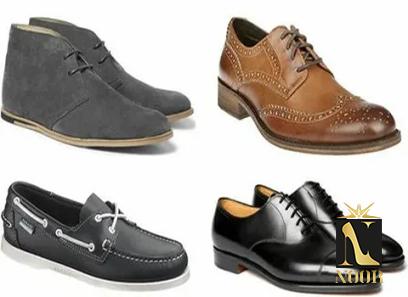 5. Cutting, Sewing, and Assembly: Once the synthetic leather has been processed and treated, it is ready to be transformed into footwear. Manufacturers cut the synthetic leather into various pieces according to shoe patterns, which are then sewn and assembled using traditional shoe-making techniques. Impact on the Fashion Industry: The increasing popularity of synthetic leather shoes has had a significant impact on the fashion industry. Some notable changes include: 1. Increased Availability: As the demand for synthetic leather shoes has grown, so has the availability of stylish options. An increasing number of brands are incorporating synthetic leather into their footwear collections, offering consumers a wider range of choices. This has helped debunk the myth that synthetic options are less fashionable than traditional leather shoes. 2. Shift Towards Ethical Fashion: The rise of synthetic leather shoes has played a vital role in promoting ethical fashion practices. Consumers are becoming more aware of the environmental and ethical implications of their purchasing decisions, leading them to seek alternatives that align with their values. The fashion industry has responded by incorporating more sustainable and cruelty-free options into their product offerings. 3. Innovation in Design: The versatility of synthetic leather has inspired designers to explore creative and unique shoe designs. With the ability to manipulate synthetic materials easily, designers can experiment with unconventional shapes, textures, and colors that may not be feasible with genuine leather. This has resulted in exciting and innovative footwear collections that offer consumers a fresh and distinctive alternative to traditional leather. Conclusion: Synthetic leather shoes have emerged as a viable and eco-friendly alternative to traditional leather footwear. Offering style, durability, affordability, and compassion, they cater to a growing segment of conscious consumers. As the demand for sustainable and cruelty-free options continues to rise, synthetic leather shoes are poised to thrive as an essential pillar of the fashion industry, driving innovation, and positive change.
5. Cutting, Sewing, and Assembly: Once the synthetic leather has been processed and treated, it is ready to be transformed into footwear. Manufacturers cut the synthetic leather into various pieces according to shoe patterns, which are then sewn and assembled using traditional shoe-making techniques. Impact on the Fashion Industry: The increasing popularity of synthetic leather shoes has had a significant impact on the fashion industry. Some notable changes include: 1. Increased Availability: As the demand for synthetic leather shoes has grown, so has the availability of stylish options. An increasing number of brands are incorporating synthetic leather into their footwear collections, offering consumers a wider range of choices. This has helped debunk the myth that synthetic options are less fashionable than traditional leather shoes. 2. Shift Towards Ethical Fashion: The rise of synthetic leather shoes has played a vital role in promoting ethical fashion practices. Consumers are becoming more aware of the environmental and ethical implications of their purchasing decisions, leading them to seek alternatives that align with their values. The fashion industry has responded by incorporating more sustainable and cruelty-free options into their product offerings. 3. Innovation in Design: The versatility of synthetic leather has inspired designers to explore creative and unique shoe designs. With the ability to manipulate synthetic materials easily, designers can experiment with unconventional shapes, textures, and colors that may not be feasible with genuine leather. This has resulted in exciting and innovative footwear collections that offer consumers a fresh and distinctive alternative to traditional leather. Conclusion: Synthetic leather shoes have emerged as a viable and eco-friendly alternative to traditional leather footwear. Offering style, durability, affordability, and compassion, they cater to a growing segment of conscious consumers. As the demand for sustainable and cruelty-free options continues to rise, synthetic leather shoes are poised to thrive as an essential pillar of the fashion industry, driving innovation, and positive change.
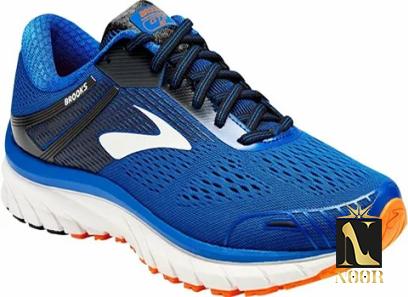
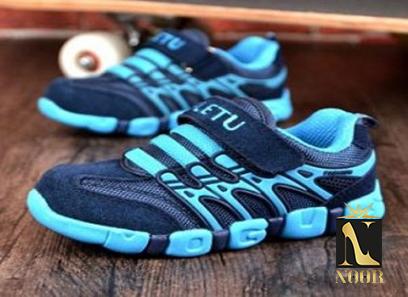
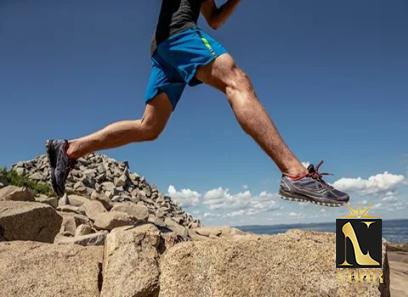
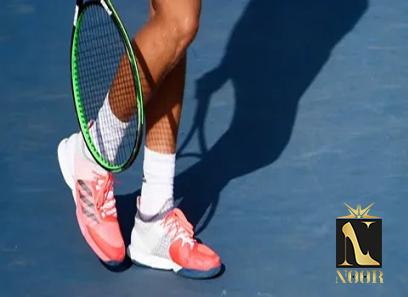

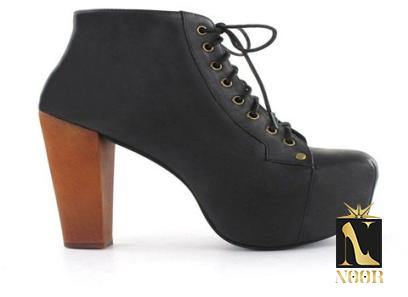
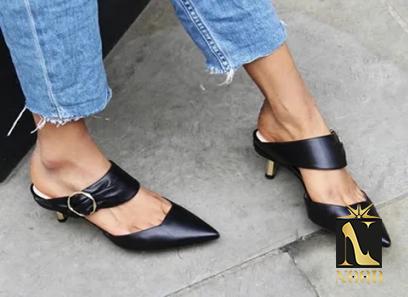
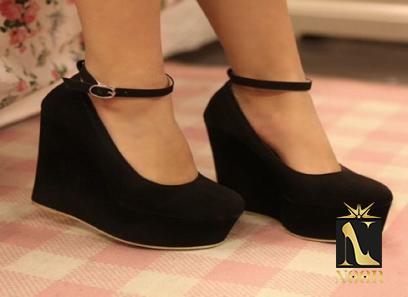

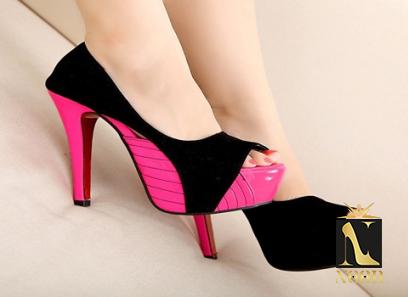
Your comment submitted.